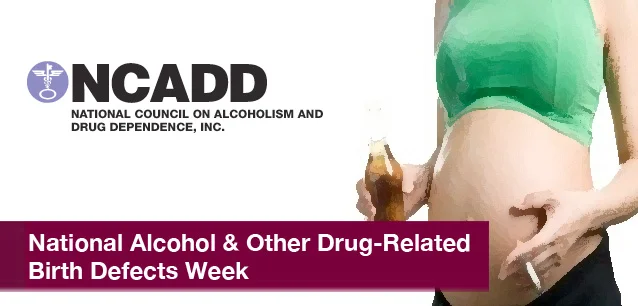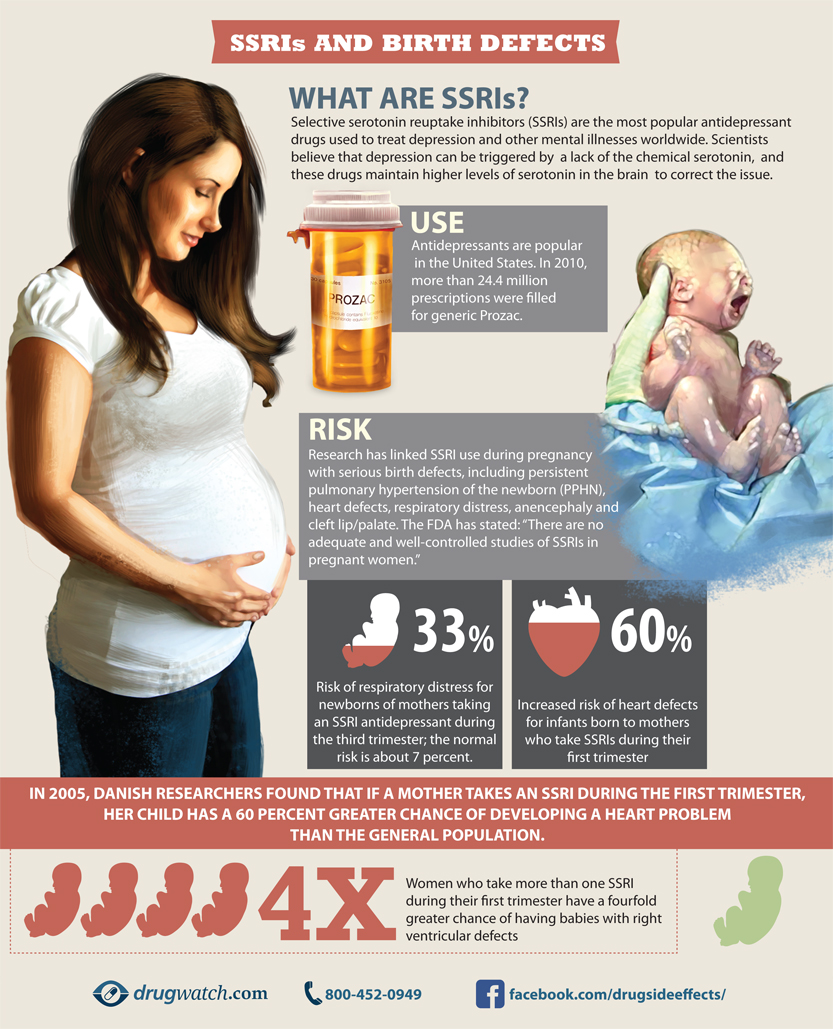 AD
AD
Today is: December 22
Scroll to explore events active on this date.
Additional Events on LEEP
LEEP INK FEATURES

2025 is the Year of...
21 Themes and 'Year of' Events for 2025 PART ONE, THE FIRST 12 Every year, various organizations announce the theme for the year. These themes can focus on causes, such as aesthetics and color tre...

Nuanced November 2024
November is the start of the holiday season in many parts of the world. It is a time for family, football, food, shopping and decorating, particularly in the Christian and Jewish world, leading to Christmas and...

December's Gift
Events in December 2024. Well, we made it to December. December is the holiday season, particularly in Western nations, where Christianity and Judaism are the faiths most common in the nation's past. ...
About National Alcohol & Other Drug-Related Birth Defects Week
Alcohol Tobacco & Drugs , Women
United States
Ends: May 17, 2025
DESCRIPTION:
Each May, NCADD and the National Network of Affiliates play a significant and vital role across the US in educating people, especially women, about the dangers of consuming alcohol and using drugs during pregnancy. An educated mother or father can prevent the fate many newborns face. This month is about educating people about the facts.
Fetal alcohol syndrome disorder (FASD), the leading cause of developmental disabilities in newborns (historically known as mental retardation), stems from maternal alcoholism or heavy drinking during pregnancy.
ALCOHOL
Features of FASD include growth deficiency before and after birth, developmental delays, intellectual challenges, behavioral problems, and changes in facial characteristics such as a flattened mid-face, small jaw, or a thin upper lip.
COCAINE
Perinatal cocaine exposure can result in obstetrical complications such as low birth weight, smaller head circumference, abnormal neonatal behavior, and cerebral infarction at birth. Children with this exposure are easily distracted and passive. They face various visual and perceptual problems and difficulties with fine motor skills.
Alcohol and Drug use During pregnancy:
In the US:
20 percent (about one million) of pregnant women smoke cigarettes; 18 percent (about 750,000) of women drink alcohol during pregnancy;
Six percent (225,000) of women use an illicit drug at least once while carrying a child to term.
VIDEOS
SUPPORTING DOCUMENTS
ADDITIONAL IMAGES
Where would you like to go now?
 AD
AD






/footer-logo.svg)
